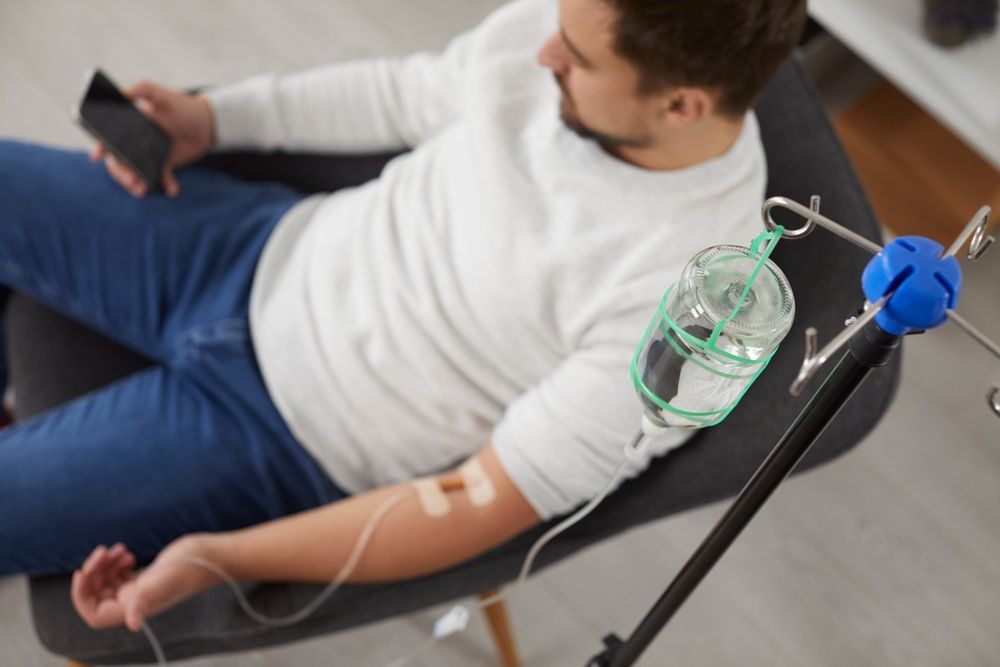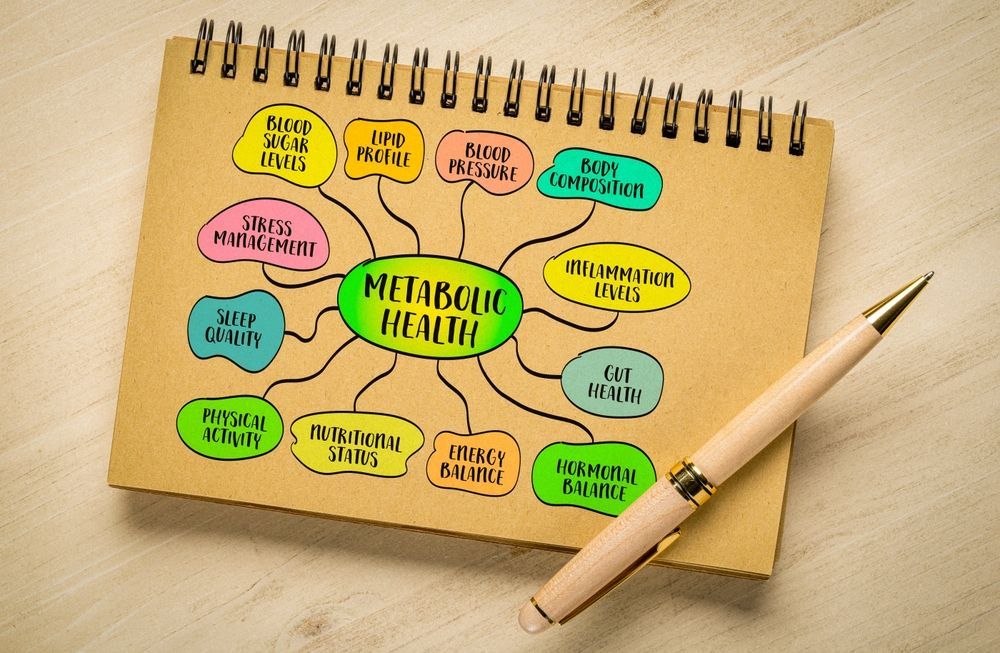How to Maximize the Benefits of Your IV Therapy Treatment

Intravenous (IV) therapy has gained popularity as a method to deliver essential nutrients, hydration, and medications directly into the bloodstream. This can help improve overall health and well-being. To ensure you get the most out of your IV therapy sessions, it is crucial to understand the basics, prepare adequately, and monitor your progress afterward. This article will guide you through these essential aspects of maximizing your IV therapy benefits.
Understanding the Basics of IV Therapy
What is IV Therapy?
IV therapy involves the administration of fluids, vitamins, minerals, and medications directly into a patient's bloodstream through a vein. This method allows for quick absorption and a higher bioavailability compared to oral intake. IV therapy is often used to combat dehydration, provide vital nutrients, and even administer specific medications for various health conditions.
The process typically involves the insertion of a thin, flexible tube called a catheter into a vein, often located in the arm or hand. The fluids and nutrients are then infused slowly over a specified period, depending on the treatment plan. Patients often find this method preferable, especially when dealing with nausea or gastrointestinal issues that make oral intake challenging. Additionally, the controlled environment of IV therapy allows healthcare providers to monitor patients closely, ensuring safety and efficacy throughout the treatment.
Types of IV Therapy Treatments
There are several types of IV therapy treatments available, each designed to address specific health needs. Some of the most common types include:
- Hydration Therapy: Used to replenish fluids and electrolytes lost due to dehydration.
- Nutrient IV Therapy: Delivers vitamins and minerals to enhance energy levels and support overall health.
- Myers' Cocktail: A blend of vitamins and minerals aimed at improving overall wellness and relieving symptoms of various conditions.
- Immune Support IV Therapy: Formulated to enhance the immune system, especially during cold and flu seasons.
In addition to these common treatments, there are also specialized IV therapies tailored for athletes looking to improve performance and recovery. These formulations often include amino acids and electrolytes designed to replenish what is lost during intense physical activity. Furthermore, some clinics offer beauty IV treatments that claim to enhance skin health and hydration, appealing to those interested in aesthetic benefits.
The Science Behind IV Therapy
The effectiveness of IV therapy lies in its ability to bypass the digestive system, which can limit nutrient absorption in some individuals. When nutrients are delivered directly into the bloodstream, they can reach cells more efficiently, providing rapid results. Research has shown that certain vitamins and minerals, when combined in specific formulas, can enhance the body's natural healing processes.
Moreover, IV therapy has been found to effectively treat conditions such as chronic fatigue, migraines, and some autoimmune disorders by supplying the body with the necessary nutrients for recovery. Studies suggest that patients receiving regular IV therapy may experience fewer symptoms and improved quality of life, particularly those with nutrient deficiencies or chronic health issues. The precision of IV therapy also allows healthcare providers to customize treatments based on individual needs, making it a versatile option in modern medicine.
Preparing for Your IV Therapy Session
Scheduling Your Session
Preparing for IV therapy begins with scheduling your session. It’s essential to choose a time when you can relax and focus on the treatment without interruptions. Always consult with your healthcare provider to determine the appropriate type of IV therapy for your specific needs.
When booking your appointment, ensure that you have enough time allocated for the session itself and any necessary follow-up care.
What to Expect During Your Session
During the session, you will be seated comfortably in a private space. A qualified healthcare professional will clean the area around the insertion site and insert the catheter. It might cause a slight pinch, but the entire process is generally pain-free. Depending on the type of treatment, the infusion can take anywhere from 30 minutes to a couple of hours.
Throughout the treatment, the medical staff will monitor your vital signs and ensure that you are comfortable. You can relax with a book, listen to music, or simply enjoy some downtime as the nutrients work their magic.
Post-Session Care and Recovery
Once your IV therapy session is complete, you may feel immediate benefits like increased energy or improved hydration. However, it’s important to follow some basic post-session care to maximize these effects:
- Stay hydrated by drinking plenty of water.
- Avoid strenuous activities for the rest of the day.
- Rest and listen to your body’s needs.
Many patients notice cumulative effects over subsequent sessions, so regular therapy can be beneficial.
Enhancing the Effectiveness of IV Therapy
Lifestyle Changes to Complement IV Therapy
To enhance the benefits of IV therapy, consider making lifestyle changes that promote overall health. Quitting smoking, reducing alcohol intake, and managing stress through mindfulness or relaxation techniques can improve your body's response to treatment.
Engaging in social activities, getting adequate sleep, and maintaining a positive mindset can also play a vital role in your recovery and overall well-being.
Nutrition and Hydration Tips
Proper nutrition and hydration are essential complements to IV therapy. Focus on a balanced diet rich in vitamins, minerals, and antioxidants. Incorporate fruits, vegetables, whole grains, lean proteins, and healthy fats into your meals to support your body’s healing processes.
Drink water regularly—aim for at least eight glasses a day—to keep your cells hydrated and functioning optimally.
Exercise and IV Therapy: What You Need to Know
Moderate exercise can enhance IV therapy benefits by improving circulation and promoting nutrient delivery throughout the body. Activities such as walking, yoga, or light strength training can be effective.
However, it’s crucial to listen to your body post-treatment. If you feel fatigued, allow yourself to rest before engaging in any physical activities. Always consult your healthcare provider for personalized exercise recommendations after therapy.
Monitoring Your Progress After IV Therapy
Recognizing Positive Changes
After several sessions, monitor your body for positive changes. You may notice increased energy levels, improved mental clarity, and better hydration. Some individuals also report enhanced immunity and reduced symptoms of chronic conditions.
Keeping a journal can help track these changes and communicate them effectively with your healthcare provider.
Dealing with Potential Side Effects
While IV therapy is generally safe, some individuals may experience side effects, including mild headache, discomfort at the insertion site, or fatigue. If these symptoms persist or worsen, it’s essential to consult your healthcare provider.
When to Seek Medical Attention
If you experience severe side effects or symptoms such as high fever, swelling around the IV site, or difficulty breathing, seek medical attention immediately. Being aware of your body and maintaining communication with your healthcare provider is key to ensuring a safe and effective IV therapy experience.
By understanding the basics of IV therapy, adequately preparing for your sessions, and monitoring your progress afterward, you can maximize the benefits of this powerful treatment. Remember that a proactive approach to wellness will always enhance the results of any therapeutic intervention.
Get In touch

14891 North Northsight Blvd Suite 118, Scottsdale, AZ 85260

8AM-8PM (Mobile)
8AM-6PM (In-clinic)
QUICK Links
We Accept

We accept cash and all major credit cards. Our services are also HSA & FSA (Health/Flexible Savings Account) approved!
© 2016-2025 Arizona IV Medics | All rights reserved | Privacy Policy | Powered By OMG Marketing







